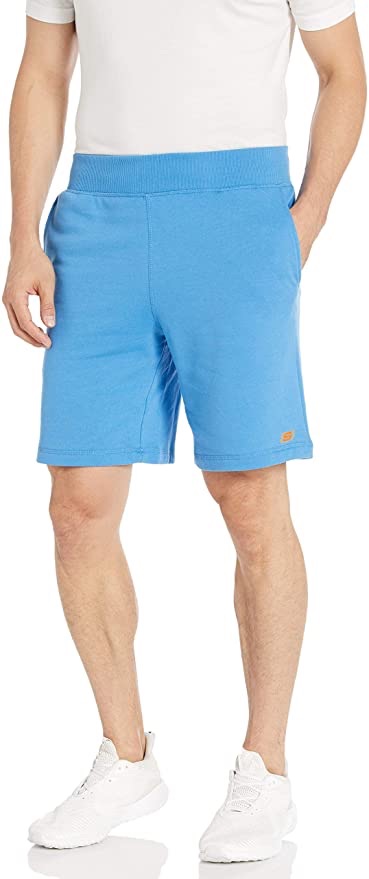In the thriving athletic wear market, finding quality wholesale athletic clothing can be a game-changer for your business. Whether you’re launching a new fitness boutique, expanding your e-commerce store, or simply looking to refresh your inventory, this guide will provide you with insights on how to navigate the world of wholesale athletic clothing with confidence.
1. Understand Your Target Market
Before diving into wholesale options, it’s crucial to define your target audience. Consider factors such as age, gender, fitness level, and style preferences. Are you catering to professional athletes, casual gym-goers, or fashion-conscious consumers? Understanding your market will help you choose the right brands, designs, and price points.

2. Research Wholesale Suppliers
Finding reputable wholesale suppliers is key. Here are some strategies to source high-quality athletic clothing:
- Trade Shows and Exhibitions: Attend industry events where you can meet potential suppliers face-to-face, see product samples, and negotiate deals.
- Online Directories: Websites like Alibaba, Guangzhou Liuhuamall, and Wholesale Central offer extensive lists of suppliers. Be diligent in checking reviews and credentials.
- Brand Websites: Many athletic brands have dedicated wholesale sections on their websites. These are often a safer bet as they provide brand consistency and support.
- Networking: Connect with other business owners in the fitness industry. They might share their supplier contacts or recommend reliable sources.
3. Evaluate Product Quality
Quality is paramount in athletic wear. Look for suppliers that:
- Use High-Performance Materials: Fabrics like polyester, nylon, and spandex are durable, moisture-wicking, and breathable.
- Offer a Range of Sizes and Fits: Inclusivity is important; ensure you can cater to different body types and preferences.
- Provide Certifications: Check for certifications like OEKO-TEX, which ensure the products are safe and eco-friendly.
- Allow Sample Orders: Before committing to a bulk purchase, request samples to assess quality, fit, and customer appeal.
4. Consider Pricing and Minimum Orders
Wholesale prices and minimum order quantities (MOQs) vary widely. Consider:
- Budget: Determine your budget and calculate your profit margins to ensure viability.
- MOQs: Smaller businesses may struggle with high MOQs. Look for suppliers that offer flexible order sizes or consider collaborating with other retailers to pool orders.
- Payment Terms: Understand payment schedules, deposit requirements, and any additional fees.
5. Build a Strong Relationship with Suppliers
Building a rapport with your suppliers can lead to better deals, early access to new products, and personalized support. Communicate regularly, be punctual with payments, and provide feedback on products to foster a mutually beneficial partnership.
6. Marketing and Branding
Don’t overlook the importance of branding and marketing your athletic clothing. Consider:
- Custom Branding: Many suppliers offer customization options like embroidery, printing, or tags with your logo.
- Marketing Strategies: Utilize social media, email campaigns, and influencer partnerships to reach your target audience. Highlight unique selling points like sustainability, performance features, or exclusive designs.
- Customer Feedback: Encourage feedback and make necessary adjustments to improve your offerings.
7. Stay Updated on Trends
The athletic wear industry is constantly evolving. Keep abreast of new materials, technologies, and styles. Attending industry conferences, subscribing to trade publications, and following fitness influencers can provide valuable insights.
copy by www.baidu.com